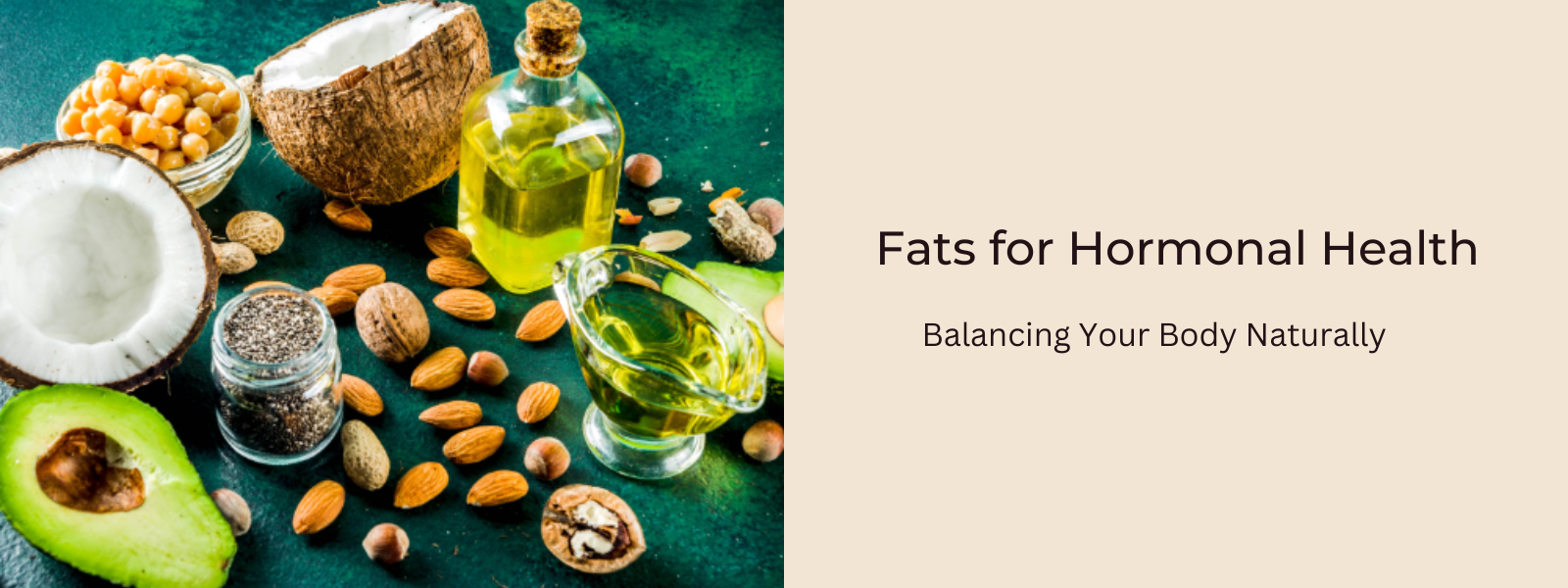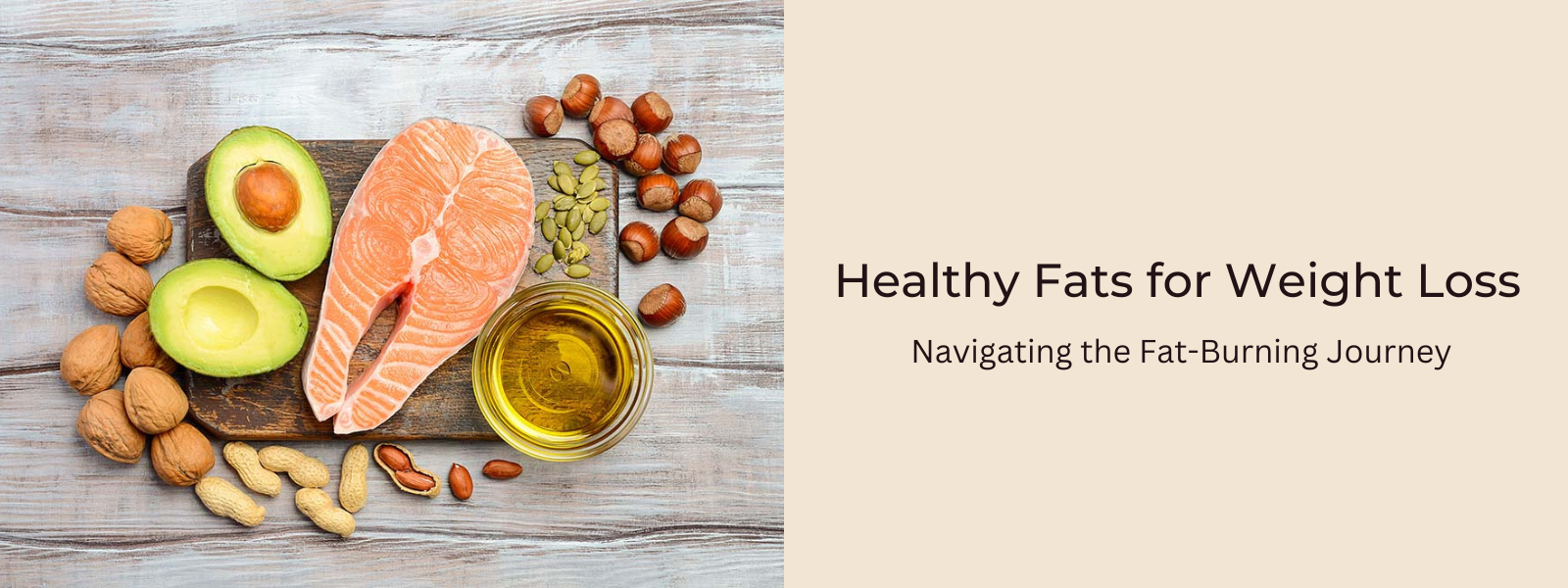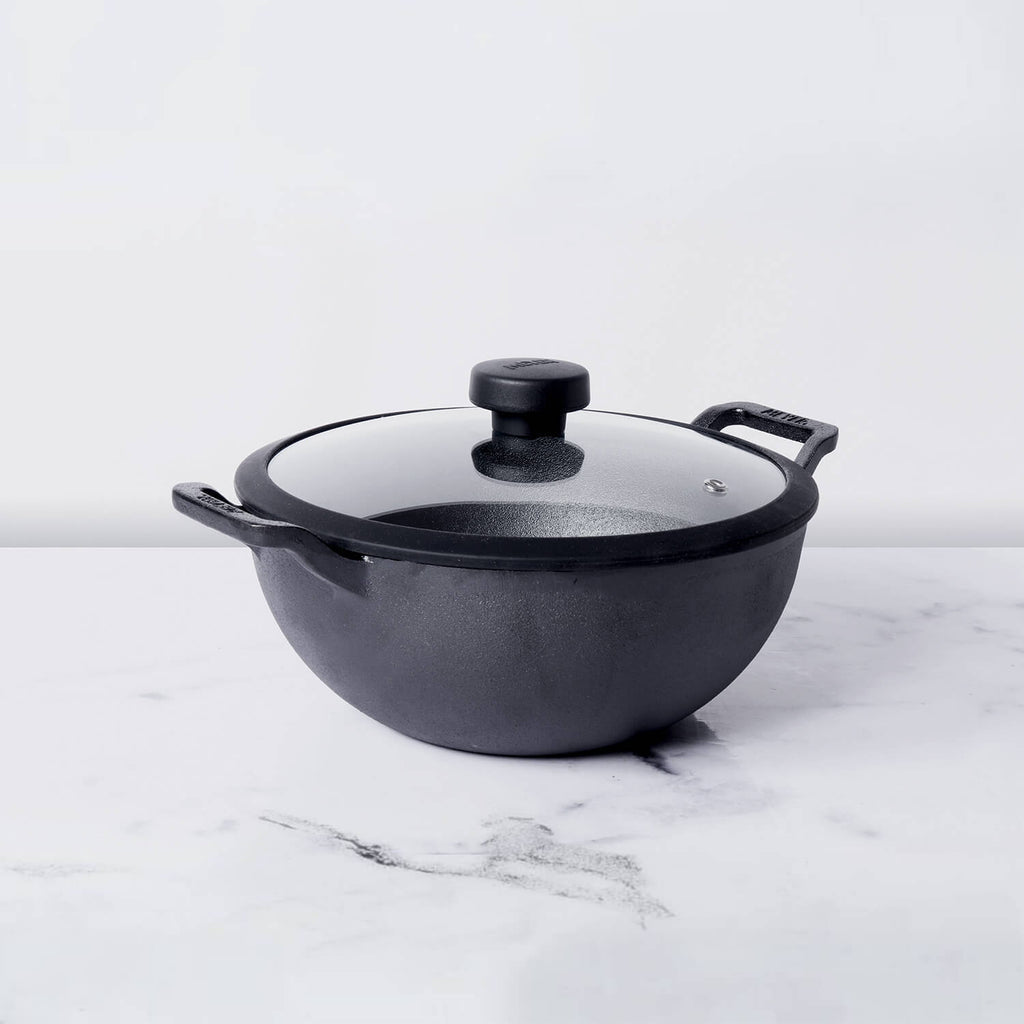Carbohydrates are crucial for providing energy during endurance activities, such as long-distance running, cycling, swimming, or hiking. These activities deplete glycogen stores in muscles and the liver, which can lead to fatigue if not replenished adequately. Consuming the right types and amounts of carbohydrates before, during, and after endurance exercise is essential for optimizing performance and supporting recovery. Here's a detailed overview of how carbohydrates fuel endurance activities:
Table of Contents
Importance of Carbohydrates:
Carbohydrates are the body's primary source of energy during exercise. They are broken down into glucose, which is used by muscles as fuel. Endurance activities rely heavily on glycogen, the stored form of glucose in the muscles and liver, to sustain prolonged efforts. Consuming carbohydrates helps maintain glycogen stores and delays fatigue, allowing athletes to perform at their best for longer durations.
Carbohydrate Requirements:
The carbohydrate needs of endurance athletes vary depending on factors such as activity level, intensity, duration, and individual metabolism. Generally, athletes may aim to consume 3-12 grams of carbohydrates per kilogram of body weight per day, with higher amounts on heavy training days or during competitions.
Types of Carbohydrates:
- Complex Carbohydrates: Foods rich in complex carbohydrates provide a steady and sustained release of energy. Examples include whole grains (brown rice, quinoa, oats), starchy vegetables (sweet potatoes, squash), and legumes (beans, lentils).
-
Simple Carbohydrates: Simple carbohydrates are quickly digested and can provide a rapid energy boost during exercise. Sources include fruits (bananas, oranges, dates), fruit juices, honey, and sports drinks.
Carbohydrate Loading:
For endurance events lasting longer than 90 minutes, carbohydrate loading can help maximize glycogen stores and improve performance. This involves consuming a high-carbohydrate diet in the days leading up to the event, combined with tapering training volume to allow for optimal glycogen storage.
Fueling Strategies:
- Pre-Exercise: Consume a carbohydrate-rich meal 2-4 hours before exercise to top up glycogen stores and provide sustained energy. This meal should include complex carbohydrates, lean protein, and a small amount of healthy fats. Examples include oatmeal with fruit and nuts, whole grain toast with peanut butter and banana, or a veggie stir-fry with brown rice.
- During Exercise: For activities lasting longer than 60-90 minutes, consume easily digestible carbohydrates to maintain energy levels. Options include sports drinks, energy gels, chews, or whole foods like dried fruit or energy bars. Aim for 30-60 grams of carbohydrates per hour, depending on exercise intensity and duration.
-
Post-Exercise: Replenish glycogen stores and support muscle recovery by consuming a carbohydrate-protein snack or meal within 30-60 minutes after exercise. This can include options such as a fruit smoothie with protein powder, yogurt with granola and fruit, or a turkey sandwich on whole grain bread.
Hydration:
Proper hydration is also essential for endurance performance. Drink water or a sports drink during exercise to replace fluids lost through sweat and maintain hydration status. Monitor urine color and body weight to gauge hydration levels.
Individualized Approach:
It's important for athletes to experiment with different carbohydrate sources, timing, and quantities to find what works best for their bodies and specific training or competition goals. Working with a sports nutritionist or dietitian can help develop personalized fueling strategies for optimal performance and recovery.
Carb- Rich Recipes:
- Whole Grain Pasta with Chicken and Vegetables
Ingredients:
- 8 oz whole grain pasta (such as whole wheat or quinoa pasta)
- 2 chicken breasts, diced
- 2 cups mixed vegetables (such as bell peppers, broccoli, and carrots), chopped
- 2 cloves garlic, minced
- 2 tablespoons olive oil
- Salt and pepper to taste
- Italian seasoning (optional)
- Grated Parmesan cheese (optional)
Instructions:
- Cook the pasta according to package instructions until al dente. Drain and set aside.
- In a large skillet, heat olive oil over medium heat. Add minced garlic and cook for 1 minute until fragrant.
- Add diced chicken breasts to the skillet and cook until browned and cooked through, about 5-7 minutes.
- Add chopped mixed vegetables to the skillet and cook until tender-crisp, about 5 minutes.
- Season the chicken and vegetables with salt, pepper, and Italian seasoning to taste.
- Add the cooked pasta to the skillet and toss everything together until well combined and heated through.
- Serve hot, garnished with grated Parmesan cheese if desired.
- Quinoa Salad with Chickpeas and Avocado
Ingredients:
- 1 cup quinoa, rinsed
- 2 cups water or vegetable broth
- 1 can (15 oz) chickpeas, drained and rinsed
- 1 avocado, diced
- 1 cup cherry tomatoes, halved
- 1/2 cucumber, diced
- 1/4 cup red onion, finely chopped
- 1/4 cup fresh parsley, chopped
- Juice of 1 lemon
- 2 tablespoons olive oil
- Salt and pepper to taste
Instructions:
- In a medium saucepan, combine quinoa and water or vegetable broth. Bring to a boil, then reduce heat to low, cover, and simmer for 15-20 minutes until quinoa is cooked and liquid is absorbed. Fluff with a fork and let cool.
- In a large bowl, combine cooked quinoa, chickpeas, diced avocado, cherry tomatoes, diced cucumber, chopped red onion, and chopped parsley.
- In a small bowl, whisk together lemon juice, olive oil, salt, and pepper to make the dressing.
- Pour the dressing over the quinoa salad and toss gently to coat everything evenly.
- Serve chilled or at room temperature.
- Sweet Potato and Black Bean Burrito Bowl
Ingredients:
- 2 medium sweet potatoes, peeled and diced
- 1 tablespoon olive oil
- 1 teaspoon chili powder
- 1/2 teaspoon cumin
- Salt and pepper to taste
- 1 can (15 oz) black beans, drained and rinsed
- 1 cup cooked brown rice or quinoa
- 1 avocado, sliced
- Salsa, for serving
- Fresh cilantro, for garnish
- Lime wedges, for serving
Instructions:
- Preheat the oven to 400°F (200°C). Line a baking sheet with parchment paper.
- In a large bowl, toss diced sweet potatoes with olive oil, chili powder, cumin, salt, and pepper until evenly coated.
- Spread the seasoned sweet potatoes in a single layer on the prepared baking sheet. Roast in the preheated oven for 25-30 minutes, or until tender and lightly browned, stirring halfway through.
- Meanwhile, heat the black beans in a small saucepan over medium heat until warmed through.
- To assemble the burrito bowls, divide cooked brown rice or quinoa among serving bowls. Top with roasted sweet potatoes, black beans, sliced avocado, salsa, and fresh cilantro.
- Serve with lime wedges for squeezing over the bowls before eating.
Conclusion:
In summary, carbohydrates are vital for fueling endurance activities by providing energy to muscles and supporting performance. By incorporating a variety of carbohydrate sources into their diet and following strategic fueling strategies, athletes can optimize energy levels, delay fatigue, and enhance their endurance capacity during long-distance activities.











Leave a comment